The Sand Boa is a group of snakes in the boa, or Boidae, family. Currently, researchers recognize 13 different species in three taxonomic genuses.
The Charina boas consist of the rosy and rubber boas, and live in North America. The Eryx boas consist of the “Old World” Sand Boas of Eurasia and Africa. Finally, the Gongylophis consist of the true Sand Boas of the Middle East and surrounding regions. Read on to learn about the Sand Boa.
Description of the Sand Boa
These snakes have thick bodies that they use to burrow in the sand. Their heads are quite small and somewhat pointed to aid in burrowing behavior. To camouflage with their sandy environment, most species have brown or tan scales.
Though their size varies based on the species, most grow to about two feet long. On average, they weigh between one to two pounds. The largest species measure about three feet long.
Interesting Facts About the Sand Boa
You can find a variety of Sand Boas across the world, despite the fact that only 13 different species exist! Learn about some of the unique species and their traits below.
- Rubber Boa – Just like mammals, this species gives live birth. It develops its young in an embryo in the uterus, and then gives birth to 1 – 9 offspring per clutch. However, most females only breed once every 4 years!
- Javelin Sand Boa – In Ancient Greece, warriors used this species as a literal javelin! They launched this and other snake species into the opponents ships during war. As you can imagine, this caused mass confusion onboard enemy ships.
- Rough-Scaled Sand Boa – This species has thick, knobby scales across its muscular body. The pattern makes this species look quite similar to the venomous Russell’s Viper. This helps deter predators, even though the rough-scaled is nonvenomous. Also, unlike most snakes, its tail does not taper to a fine point.
- Kenyan Sand Boa – With its relatively bright colored scales, this species looks a bit like an overripe banana! This is likely why people frequently keep this species as a pet.
Habitat of the Sand Boa
Though the various species occupy different habitats across the globe, most live in arid or semi-arid regions. They are burrowing creatures, so many prefer substrate that is soft and sandy so they can easily tunnel underground.
Some of the different types of habitats that these snakes live in include desert, desert edges, shrubland, scrub forest, mountainous regions, dunes, chaparral, grassland, forest, and more.
Distribution of the Sand Boa
Different species, and different genuses, live in different regions. The Charina species live in North America, primarily along the Pacific coast. Those in the Eryx genus live across a wide expanse of Europe, northern Africa, and portions of Asia. Finally, the Gongylophis species live primarily in Africa and India.
Diet of the Sand Boa
Like all snakes, these boas are carnivores, which means that they prey on other animals. Each species has its own unique diet, which changes based on where it lives. For the most part, they eat rats, mice, and other rodents, as well as lizards, frogs, bats, birds, snakes, and small rabbits.
Their primary hunting method is ambush, where they lie quietly and wait for prey to stray too close. Once it is within range, they quickly strike forward and grab the prey item with their sharp teeth. They use constriction to cut off blood flow until their prey is unconscious.
Sand Boa and Human Interaction
Human activity impacts different boa species in different ways. Some have high populations and do not face any threat of extinction.
People keep these animals as pets, and the snakes help reduce rat and mice populations near farms and towns. However, capture for the pet trade causes a problem for some species. They also face danger from habitat destruction.
Domestication
Humans have not domesticated this species in any way.
Does the Sand Boa Make a Good Pet
For some, these snakes do make good pets. However, it is important to know everything that goes into an animal’s care before you purchase it.
You should always do your research and ensure you can properly care for the snake. Additionally, it is important to always purchase captive-bred animals to prevent pressure on wild populations.
Sand Boa Care
Individual care varies from species to species. For the most part, these burrowing snakes need lots of sandy substrate to tunnel underneath, and plenty of hiding places. You should provide a constant temperature and humidity, as well as an area for basking. Exact temperature/humidity ranges change based on the species.
Behavior of the Sand Boa
Like most snakes, these creatures are solitary. They spend much of their time underground, and many live in harsh environments. Because of this, researchers know very little about some species.
During the hotter seasons they emerge from the ground to hunt and sunbathe in the early morning and late afternoon. As it gets cooler, their activity spans throughout the entire day.
Reproduction of the Sand Boa
Reproductive rates vary from one species to the next. They give live birth, though the gestation period ranges from species to species. Most gestation periods last about four or five months. Some give birth to just a few offspring, others bear well over a dozen!
The young are fully independent at birth, and receive no care from their mother. They reach sexual maturity at around two or three years of age, though this varies based on the species.

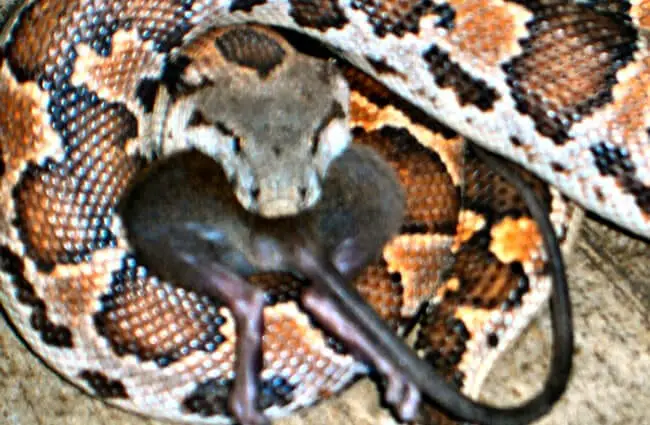

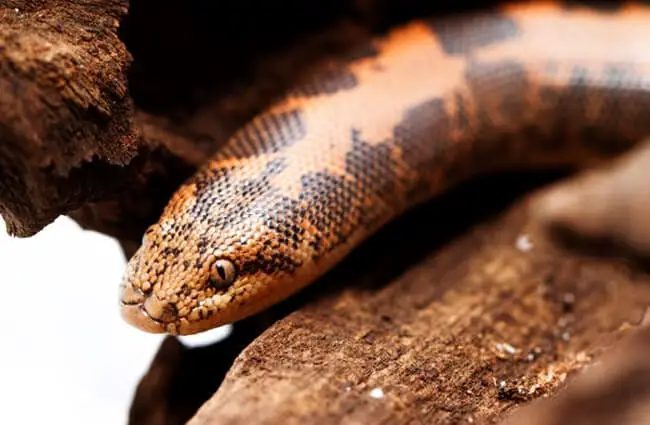
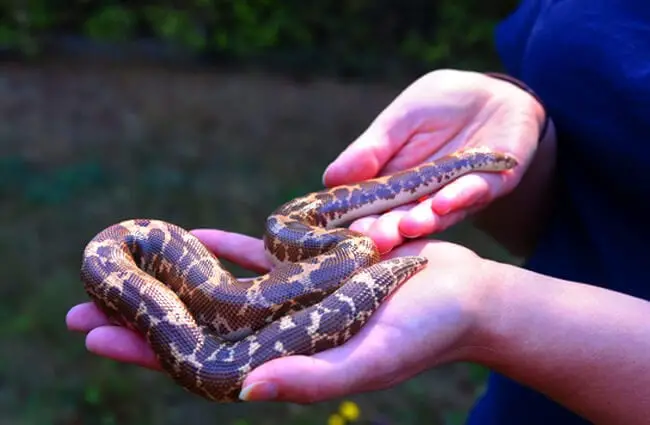
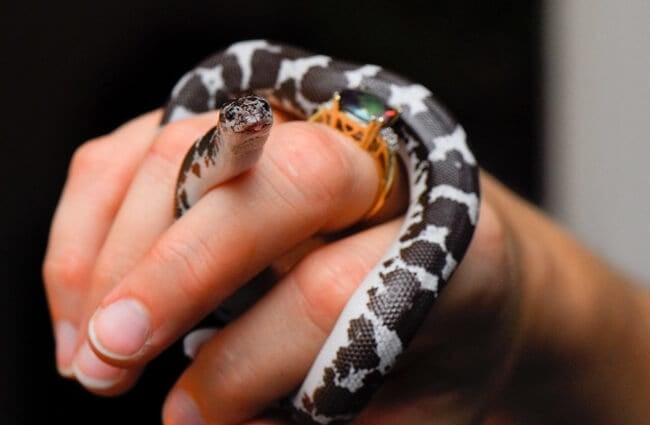

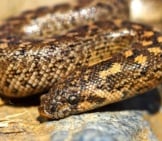


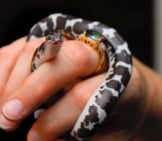
![Red Angus Closeup of a beautiful Red Angus cowPhoto by: U.S. Department of Agriculture [pubic domain]https://creativecommons.org/licenses/by/2.0/](https://animals.net/wp-content/uploads/2020/03/Red-Angus-4-238x178.jpg)


![Red Angus Closeup of a beautiful Red Angus cowPhoto by: U.S. Department of Agriculture [pubic domain]https://creativecommons.org/licenses/by/2.0/](https://animals.net/wp-content/uploads/2020/03/Red-Angus-4-100x75.jpg)

